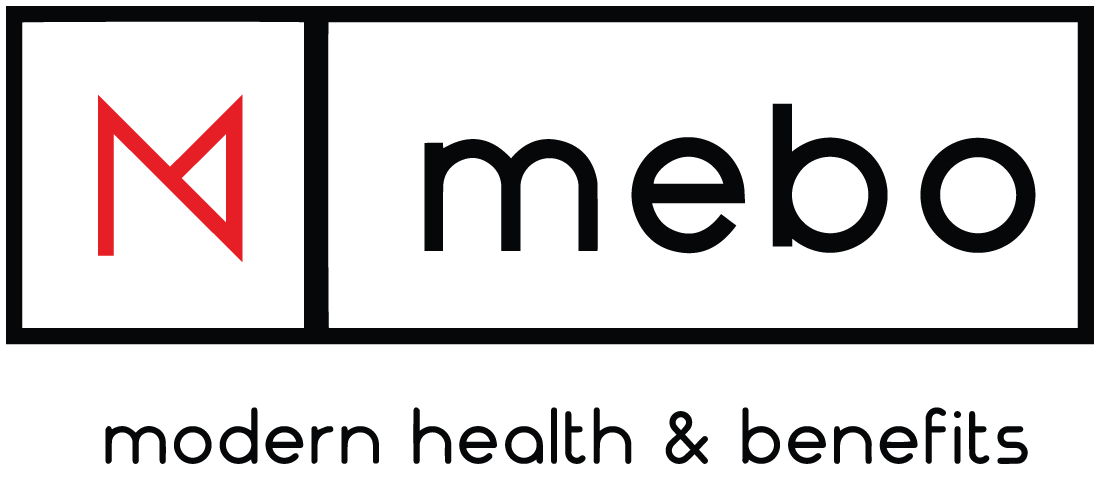Understanding the New ARPA COBRA Subsidy
On March 11, 2021, President Biden signed the American Rescue Plan Act (ARPA) into law. This law includes provisions that impact employers. Most notably, it includes a new COBRA subsidy. Employers should learn all they can about this subsidy and how it might affect their business.
ARPA Requires Employers to Cover the Costs of COBRA Continuation Coverage
For a limited period of time, the ARPA requires employers to cover 100% of the employer’s cost of continuing group health coverage under COBRA for up to six months following the loss of coverage by an employee or former employee. This new law covers any employee that elects COBRA continuation following the involuntary reduction of hours or involuntary termination for reasons other than gross misconduct. Under the ARPA, eligible individuals also get a second chance to elect COBRA coverage or renew their coverage after allowing it to lapse.
COBRA beneficiaries receiving coverage on April 1, 2021 are automatically covered by the subsidy. Under the new law, employers must inform previous employees that did not initially elect COBRA coverage as well as those that allowed their coverage to lapse of the special enrollment period that begins on April 1, 2021. This enrollment period ends 60 days after the employer provides notification to potential beneficiaries.
Notifying Potential Beneficiaries
ARPA will require employers to identify and notify individuals eligible for coverage by May 30, 2021. In addition to identifying and notifying eligible beneficiaries, employers must also update termination documentation to include information about the COBRA subsidy and the special enrollment period.
Who’s Eligible?
Eligible individuals include those whose initial COBRA period ended or would have ended between April 1, 2021 and September 30, 2021 or later. It’s important to note that the ARPA COBRA subsidy does not increase the COBRA period. If an employee’s COBRA coverage begins after April 1, 2021 or ends before September 30, 2021, the ARPA subsidy will remain in effect for less than six months. It’s also worth mentioning that individuals that qualify for coverage under another employer’s health plan or Medicare do not qualify for the ARPA COBRA subsidy.
Although the federal government provides the ARPA COBRA subsidy, employers must pay any premiums owed to their COBRA provider or plan administrator. Eligible employers will receive a dollar-for-dollar tax credit on their quarterly tax filing.
The ARPA COBRA subsidy applies to insured and self-insured plans subject to COBRA. It also applies to self-funded and insured plans subject to continuation coverage under state law.
COBRA Coverage
Previously, employers could require an electing employee to pay the employee’s share and the employer’s share plus a 2% administrative fee to continue group coverage under COBRA. While COBRA coverage often costs more than switching health plans, many employees elect COBRA continuation over searching for a new health plan that might not offer the same coverage or options.
MEBO offers employee benefit plans customized to meet the needs of organizations today. Please contact us for more information about our services or to schedule a consultation.










